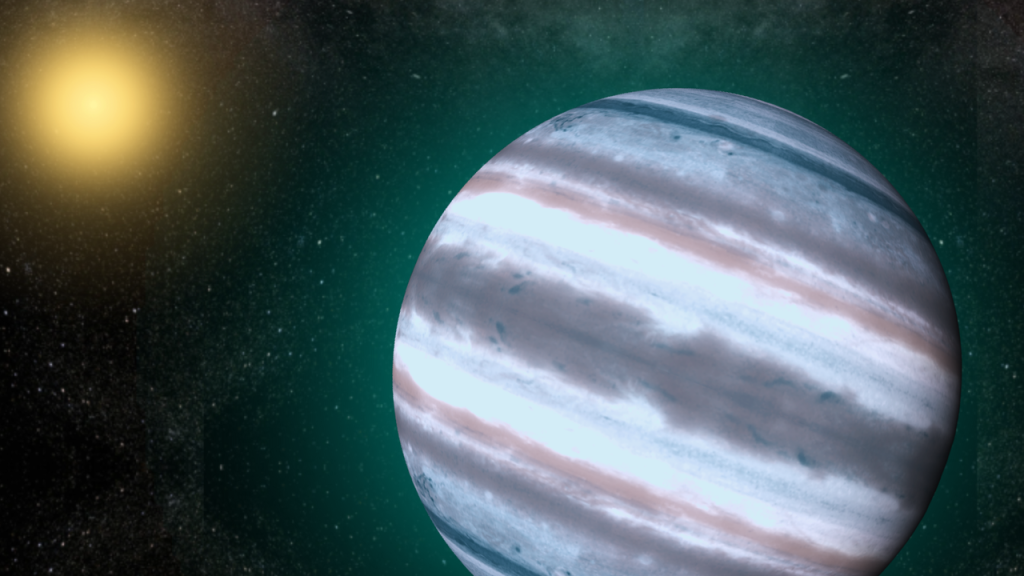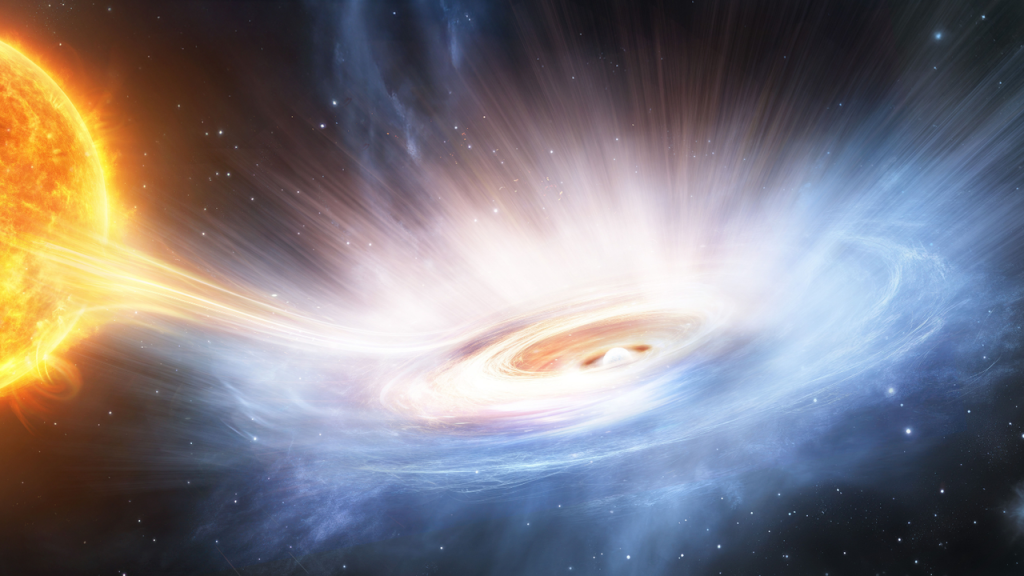Now Reading: Dinosaur Teeth Reveal Secrets of Earth’s Ancient Atmosphere
-
01
Dinosaur Teeth Reveal Secrets of Earth’s Ancient Atmosphere
Dinosaur Teeth Reveal Secrets of Earth’s Ancient Atmosphere

Quick Summary
- Study Background: Researchers from the universities of Göttingen, Mainz, and Bochum analyzed fossilized dinosaur teeth to reconstruct Earth’s atmospheric conditions during the Jurassic and Cretaceous periods.
- Key Findings:
– CO2 levels 150 million years ago (late Jurassic) were four times higher than pre-industrial levels.
– CO2 levels 73-66 million years ago (late Cretaceous) were three times higher than today.
– Photosynthesis rates in plants during these periods were twice as high as current rates due to heightened CO2 concentrations and global temperatures.
- Research Methodology: oxygen isotopes trapped in tooth enamel provided precise data on past atmospheric conditions, surpassing customary methods like soil or marine proxies.
- Volcanic Activity effect: High isotope anomalies in teeth from certain dinosaurs suggest localized CO2 spikes caused by volcanic activity.
- Future Implications: This method could further unravel details about dinosaur physiology, including oxygen intake and metabolic processes.
Indian Opinion Analysis
This study’s novel use of fossilized dinosaur teeth provides an improved understanding of earth’s prehistoric climate. By offering more accurate reconstructions of ancient atmospheric conditions, this research challenges conventional methods reliant on marine or soil proxies. The implications for India are twofold.
First, a deeper grasp of earth’s ancient carbon cycles demonstrates how natural CO2 variations influenced biodiversity over millions of years. This insight may aid Indian researchers studying climate change resilience within ecosystems amidst rising modern emissions.
Second, advancing methods to examine ancient physiological traits can inspire parallel studies on India’s rich fossil history in places like Gujarat or Madhya Pradesh.Such findings might strengthen India’s scientific contributions to paleoclimatology while highlighting its geological heritage globally.




























